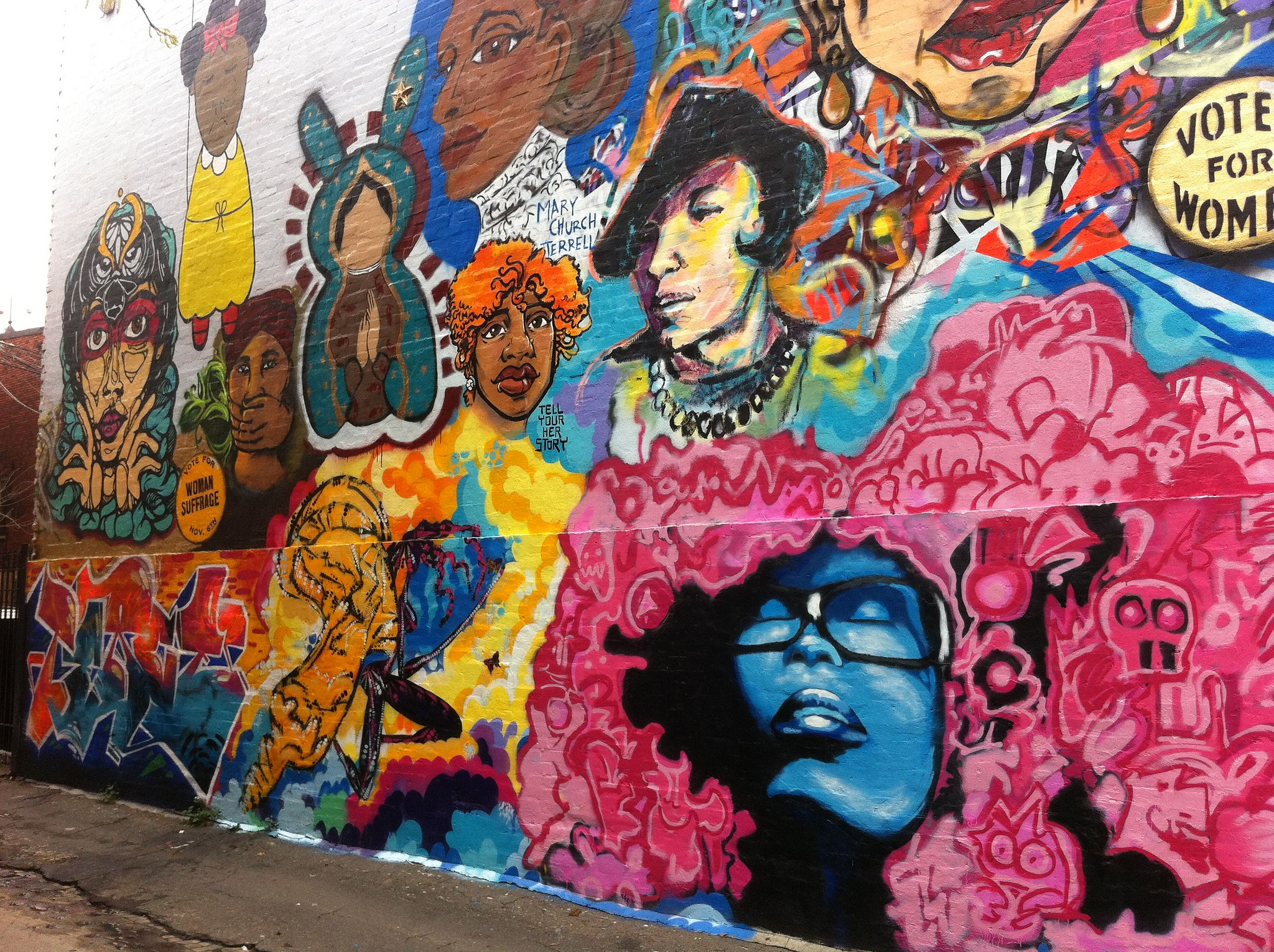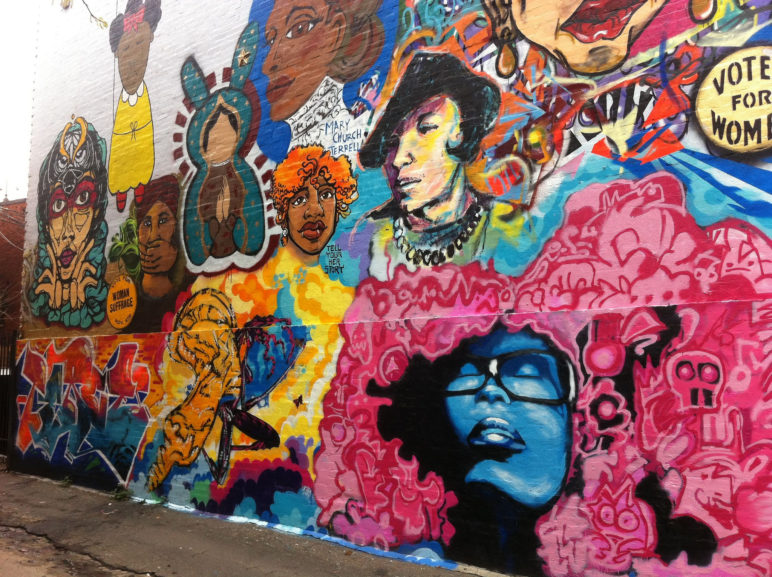The Oregon Voting Rights Act, HB 3310, passed Wednesday, June 12, with overwhelming bipartisan support, including a unanimous vote in the state Senate. Oregon decision-makers are united in their desire to ensure people of color have a fair shot at getting representation on school boards.
As Sightline’s previous research shows, many Oregon school districts have a majority of students of color but are often still led by mostly white school boards. The way that Oregonians elect school board members (and many other local offices) can prevent people of color from having a voice. As Martha Sonato, Political Director of Pineros y Campesinos Unidos del Noreste (PCUN) testified to the legislature:
The growing Latinx electorate, and population is integral to both our state’s and the nation’s democracy and the future of our civic engagement systems, but because of long-standing inequities, our communities are oftentimes not represented in elected decision-making bodies. We strongly believe that communities should be able to elect a representative/candidate of their choice and work within an electoral structure that makes it easier for that community to elect that candidate.
The Oregon Voting Rights Act will do that.
The measure requires that people of color have “an equal opportunity to elect candidates of their choice” without having their votes diluted. The Oregon Voting Rights Act lays out two pathways for a school board to change its electoral method to ensure that equal opportunity. First, a school board that recognizes people of color are not fairly represented can authorize a chance to alter its electoral method, after going through a proper public process. Or, an individual may bring a lawsuit against a district that does not allow for equal opportunity at representation. In the latter path, the judge can determine what electoral system is the most appropriate remedy.
MORE FROM THE SESSION: 2020 Ballot Could Allow Oregon Voters to Rein in Campaign Spending.
That is the first piece of brilliance in the act—it gives school boards the chance to proactively make a change before someone brings a lawsuit, potentially saving everyone a lot of time and money.
The second bit of brilliance distinguishes Oregon’s act from the National Voting Rights Act: it does not require segregation in order to protect voting rights. The national act, unfortunately, requires the minority population to be sufficiently geographically compact (ie: racially segregated) that a court could draw a line around that population and create a “majority-minority” district. For people of color who are geographically dispersed, like those in Portland and many other places in the Pacific Northwest, this means the national act can’t help them.
But the Oregon act does not require geographical concentration as a prerequisite for bringing a suit, and it encourages boards and courts to take a lack of geographical concentration into account when fashioning a remedy. Instead of a “majority-minority” remedy, multi-winner districts with ranked-choice or cumulative voting are solutions that can help achieve better representation. Boards and courts will not be bound to a single solution but will have the flexibility to fashion the fix most appropriate for that particular jurisdiction.
Finally, the Oregon Voting Rights Act gives the option for candidates to record their race and ethnicity on the forms where they declare candidacy. This will help advocates be more aware of how many people of color are running and winning. When Sightline conducted its research, it was sometimes hard to know whether an elected official identified as a person of color. Having the option to self-identify on the candidacy form will make that sort of data collection easier in the future.
The Oregon Voting Rights Act will open up paths for people of color to win seats on school boards. School boards are critical bodies for local communities and often serve as the first step for people becoming more civically engaged. By providing equal opportunity for a voice on school boards, Oregon is also creating more opportunities for people of color to gain experience in running for office and take that experience to other levels of government.
Kristin Eberhard is a senior researcher at Sightline. She researches, writes about, and speaks about climate change policy and democracy reform. Find her latest research here. If you have questions or would like to make a media inquiry, contact Sightline’s Communications Manager Anne Christnovich.










Richard Strathern
3310 is a great step forward. I wonder why the Oregon State Legislation back off the bigger deal of not diluting protected classes from district elections for City Council. The City of Gresham, 4th largest city in Oregon has one single city-wide at-large district for all City Council elections. Do you think this current improvement to Oregon State Voter Rights Law opens the door to both demographic and geographic representation for all local offices.